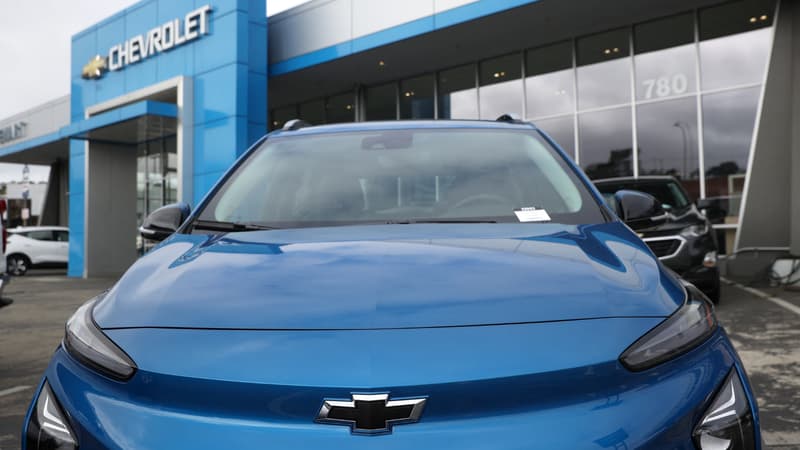$46,173 on average for a new car in July, $45,600 in October. The data compiled by the American research firm JD Power is definitive. In the United States, car prices are beginning to fall very slightly. They are still 33% more expensive than before the start of the pandemic tempered the company JD Power.
“Certainly, prices are not going to fall as fast as they rose,” the firm adds.
In France, we see the same trend. According to INSEE, sales prices for new cars increased by 1.4% between June and September. In September alone, the increase was only 0.1%, meaning that prices were almost flat.
The end of pricing power?
These first data could mean the end of the high price policy implemented by the vast majority of manufacturers since the start of the covid crisis. A policy that has been possible thanks to the shortage of supply in a context of scarcity of semiconductors and that has been one of the main levers of its profitability.
Renault’s latest results prove it once again. The French manufacturer registered a 20.5% increase in turnover in the third quarter of 2022 while its sales fell by 2.4%. But Stellantis is the champion of “pricing power”: the group posted a record operating margin of 14.1% in the first half of this year.
But today, if automakers are still penalized by shortages, the situation is improving and stocks are slowly being rebuilt. This is the first explanation for this small decrease in prices.
The second is probably to be found in the wallets of consumers, hit by the crisis and inflation. Discounts and promotions gradually return to the dealer.
Source: BFM TV


